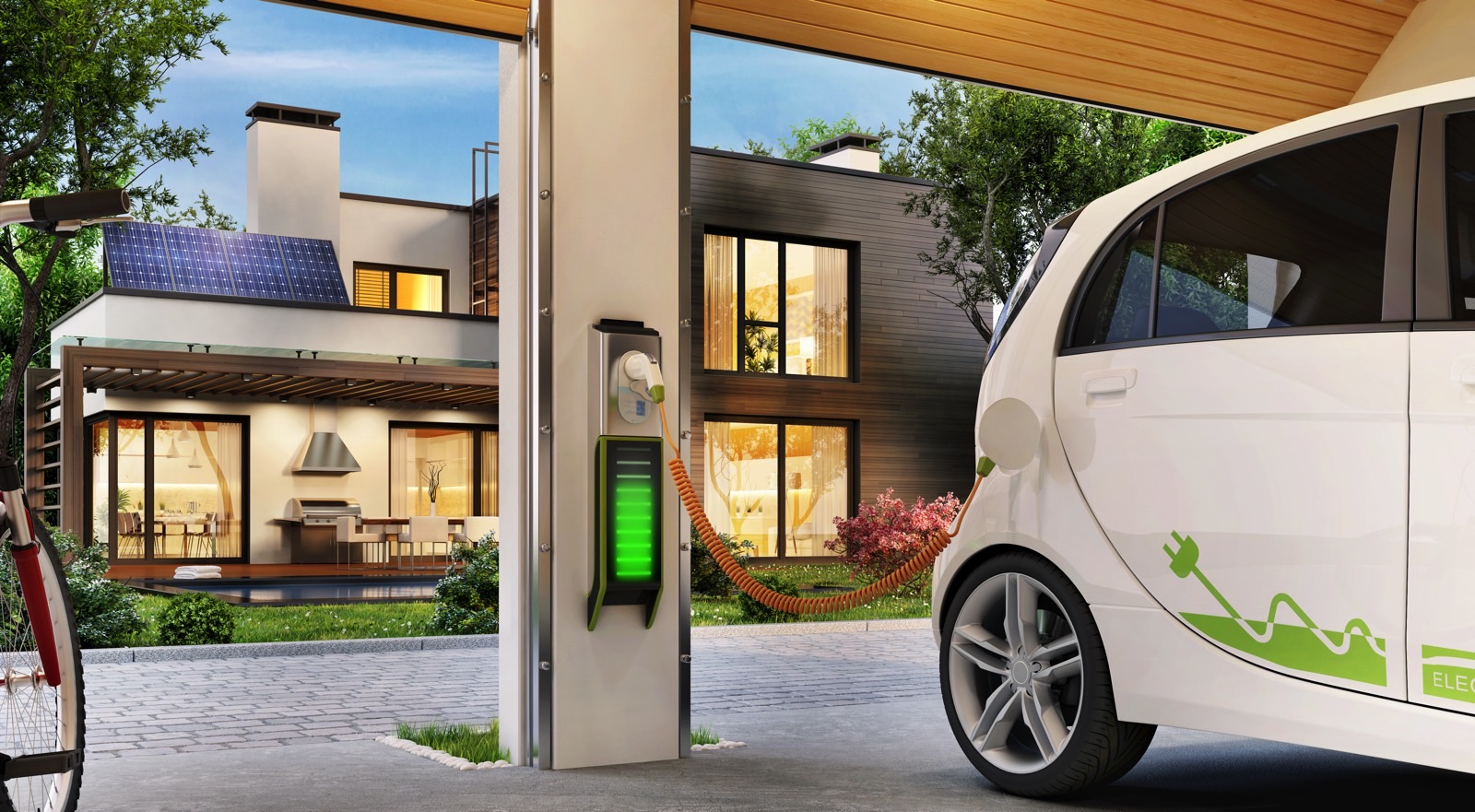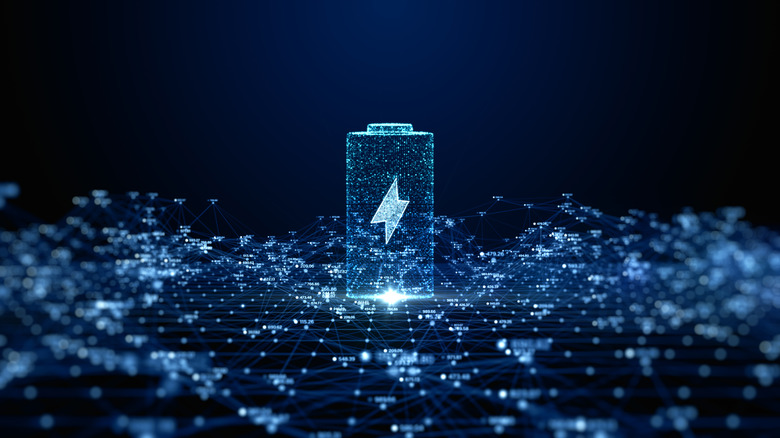Researchers Found An Algorithm That Can Potentially Double The Life Of Existing Li-Ion Batteries
A new charging algorithm could help double the life of lithium-ion batteries. Despite being one of the best options we have right now, lithium-ion batteries are not without their limits. In fact, many newer devices have started to offer ways to increase the life of these batteries by changing how you charge them. But, a new charging algorithm could completely revolutionize things even more, doubling the life span of these batteries in new ways.
The new algorithm was developed by researchers from Helmholtz-Zentrum Berlin and Humboldt University in Berlin. The researchers revealed that the alternative solution could make lithium batteries last much longer by making them more resilient and allowing them to retain a much higher energy capacity even after hundreds of discharge-recharge cycles.
The idea here is to change how the charger delivers the current to the electrolyte materials inside of the battery. By changing up the charging algorithm, the researchers say we can make the compact and robust Li-ion batteries of today last much longer. This is extremely important as these batteries begin to appear in more devices and tech, like electric vehicles, as providing longer-lasting batteries would increase the value of these cars for consumers everywhere.

The current algorithm utilizes what we call constant current or CC. This essentially sends juice to the battery in a constant motion. The downside, though, is this causes cracks in the electrode structures, which eventually causes the battery to break down and hold less charge. Instead, the researchers suggest using a pulsed current, or PC. This results in a much thinner interface and far less structural wear to the battery, allowing it to hold its higher energy capacity for much longer.
The researchers say that PC charging can double the service life of commercial lithium-ion batteries with an 80 percent energy capacity retention. That's a huge deal, especially as we continue to rely on battery-powered tech more and more. Of course, we'll have to wait to see if anyone actually starts to take advantage of this new algorithm in the future. For example, it could pair great with some of the fastest charging EV batteries to provide a fast but efficient charging system.
